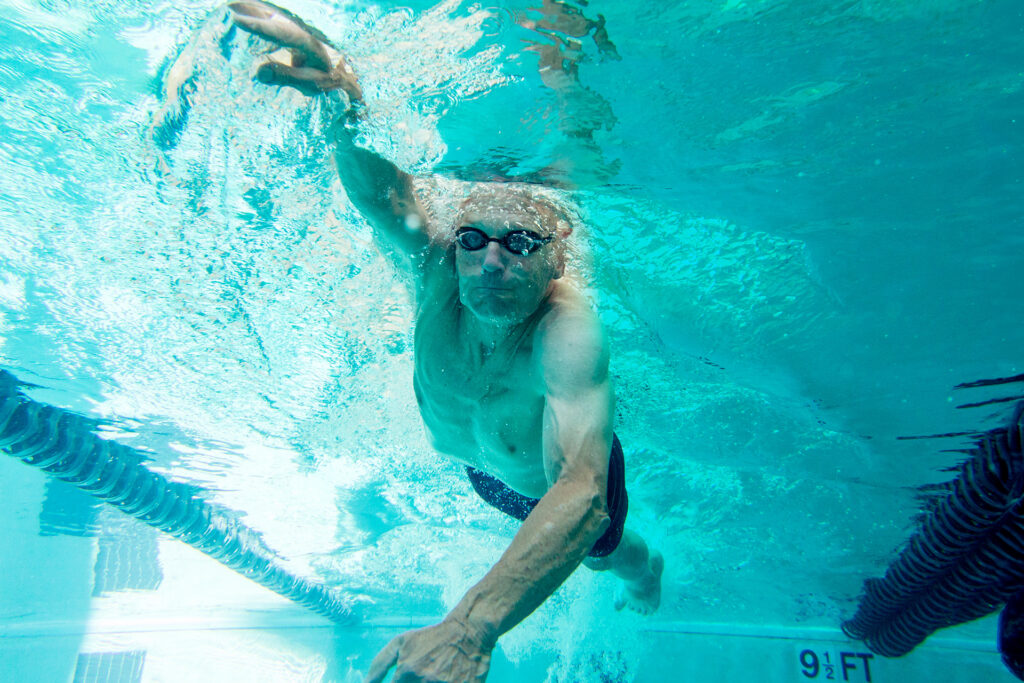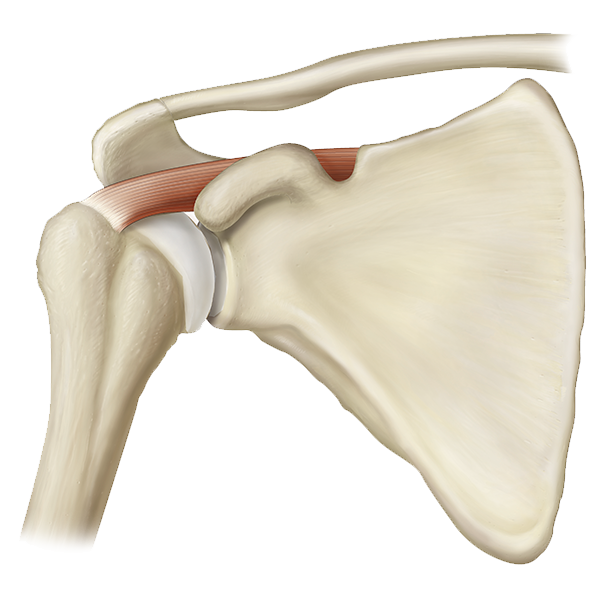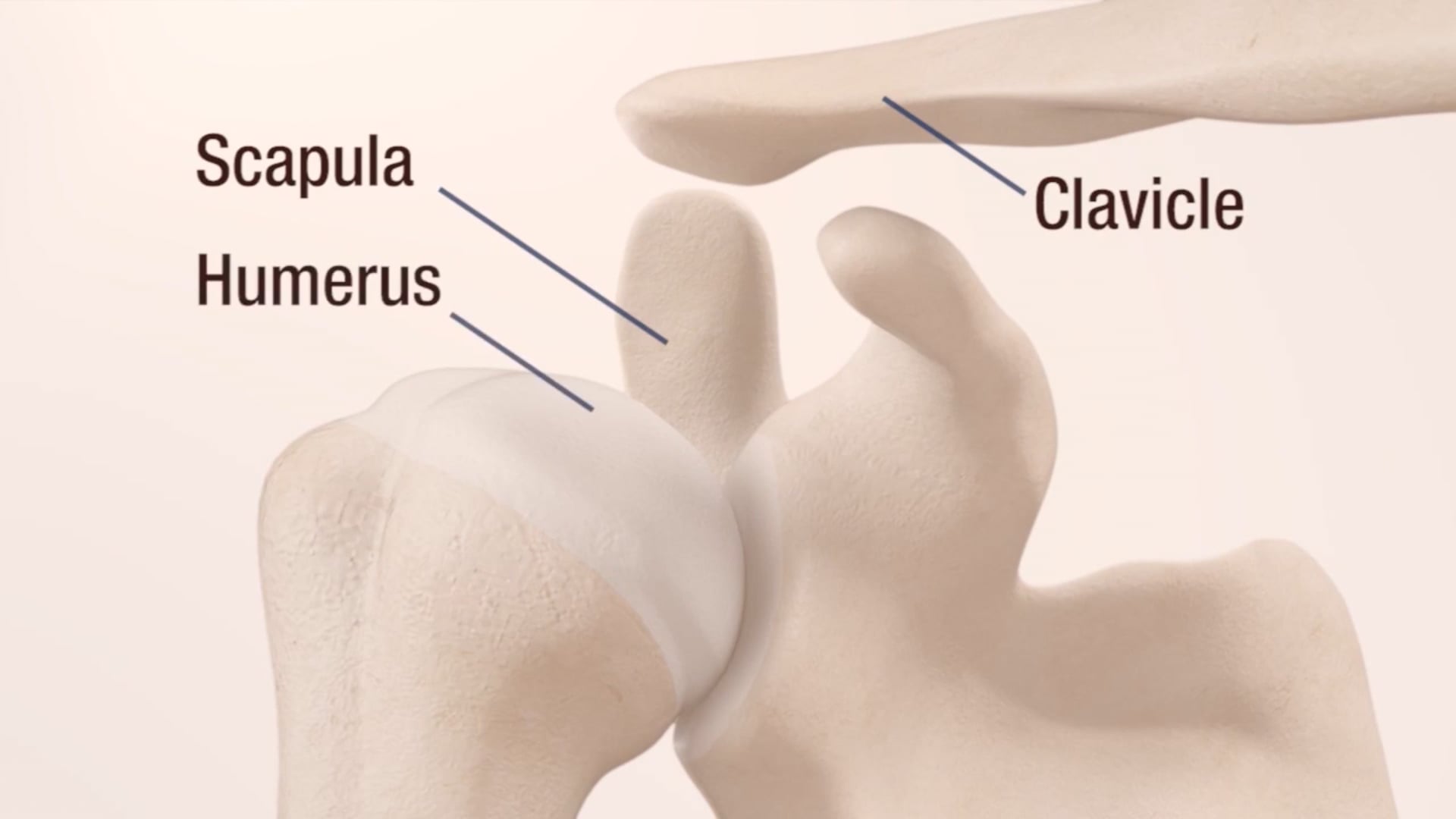Total Shoulder Replacement Patient Education Brochure
Having a total shoulder replacement is one solution that your doctor may discuss with you to help get you back to a normal, active life.
Although the reasons to have a total shoulder replacement vary from person to person, the goal is the same – to provide exactly what you need to get your mobility back.











